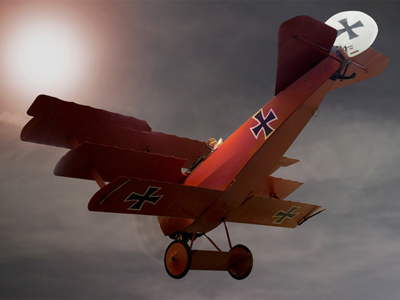

World War One: 1914-18 - Battles Of 1917 And 1918 On The Western Front
This World History quiz is called 'World War One: 1914-18 - Battles Of 1917 And 1918 On The Western Front' and it has been written by teachers to help you if you are studying the subject at senior high school. Playing educational quizzes is one of the most efficienct ways to learn if you are in the 11th or 12th grade - aged 16 to 18.
It costs only $19.50 per month to play this quiz and over 3,500 others that help you with your school work. You can subscribe on the page at Join Us
The United States came into the war in April 1917, but it took a while for their troops to be trained and transported across the Atlantic. Many bitter battles took place before American participation began to tip the balance. In March 1918 Russia left the war, but the resulting German offensives on the Western Front were repulsed. In November 1918 the Armistice was signed.
Ready for more?
not all...
quizzers. Try to win a coveted spot on our Hall of Fame Page.






